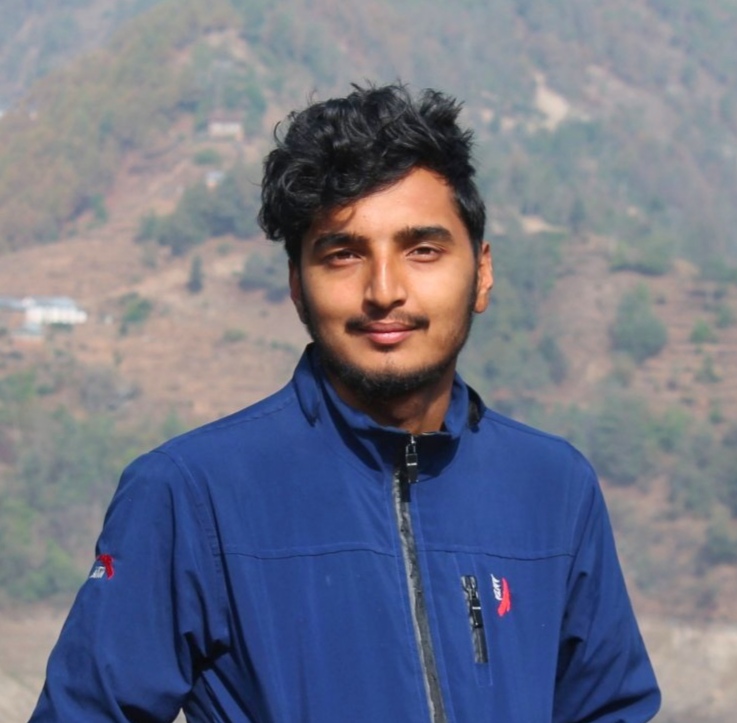Valley
Not just rains, poor urban planning causing flash floods in Kathmandu
Rampant river encroachment, unmanaged constructions and bad drainage to blame, experts say.
Anup Ojha & Shuvam Dhungana
Roshan Maharjan’s family could not sleep on Sunday night. As rains lashed Kathmandu Valley, with thunderstorms, the Bagmati river started to swell. At around midnight, waters from the river gushed into his house.
“We ran to higher grounds,” said Maharjan on Monday afternoon as he and his mother pulled out a mud-soaked carpet from their house.
Like Maharjan, a dozen of his neighbours in the Banshi Ghat area in Teku were trying to salvage whatever they could after the overnight downpour.
The Banshi Ghat area is situated on the banks of Bagmati river, where squatters have been living for decades. And every monsoon, water gushes into their houses.
“Everything got soaked when our house got inundated. We don’t have anything to sleep on tonight,” said Maharjan, 19. “Everything in the kitchen has become unusable.”
Maharjan has been living with his mother in the area for the past nine years.
Sunday night’s downpour caused massive inundations in various areas of Kathmandu. The most affected were Balkhu, Kuleshwar, Narephant, Balaju and Mulpani.
Meanwhile, the Valley’s major road sections in Kumaripati, Tinkune, Jamal, Baluwatar, Bhadrakali and some parts of the Araniko Highway were waterlogged.
According to meteorologists, Kathmandu Valley alone recorded 121.5 mm rain on Sunday night, a massive amount of rain for the period.
“It was the biggest rainfall of this year in the Valley,” said Min Kumar Aryal, a meteorologist at the weather office.
According to the Meteorological Forecasting Division under the Department of Hydrology and Meteorology, there is a possibility of rainfall until Wednesday. The department has forecasted light to moderate rainfall for Tuesday in different parts of the country. Meanwhile, there is a chance of heavy rain with thunderbolts in few places of Province 1, Bagmati, Lumbini’s few places, while light rain is expected in Gandaki as well as Sudurpaschim and Karnali provinces.
The inundation in Kathmandu has once again exposed poor urban planning, encroachment of rivers and haphazard development practices.
Ngamindra Dahal of Nepal Water Conservation Foundation for Academic Research, a nonprofit dedicated to research on issues affecting the use and management of water and related natural resources, says the flooding in Kathmandu can be squarely blamed on urban planning failure and haphazard construction of infrastructure in the city as well as near the rivers.
“The buildings in urban areas are not built with proper planning, the municipal wards which grant permission to construct buildings do so without carrying out any study,” Dahal told the Post.
Kathmandu has always been the most densely populated city in the country. It, however, started to see a massive influx of people during the Maoist insurgency that started in 1996 and lasted until 2006.
Over the years, Kathmandu has seen factories, institutions and residential colonies spring up, including on the riverbanks. The passages for rivers have shrunk massively. Most of Kathmandu's rivers lately have started to look like open sewers.
However, rivers have their own nature, which cannot be changed.
“You cannot stop rivers,” said Dahal. “The rivers have become the victim of haphazard development. It’s but natural for rivers to breach their banks when humans constrict the passage needed for their natural flow.”
And every monsoon, squatters living on the riverbanks are the ones who suffer.
After the overnight rain, there was sunshine in Kathmandu. By afternoon, it was scorching hot.
Ambika Aryal, 53, who lives just 100 metres from Maharjan’s house was cleaning her kitchen of the sludge, as the water had receded.
“The whole night was like a nightmare. At around 1 in the night, water started to enter our area from Bagmati river. We swiftly ran to a safer place near the bridge in Teku,” she said.
She said this is a recurring problem that everyone in the area faces almost every year–some years the floods are too menacing, like Sunday night. But she would not complain.
“If we say our settlement has been flooded, the government will tell us to go away from here. We have nowhere to go,” said Aryal, as she placed her 14-inch black and white television in the sun to dry. “I don’t know if this will work.”
According to Nepal Landless Democratic Union Party, which advocates the cause of squatters, more than 29,000 landless people in Kathmandu Valley live in 73 settlements. Of them, 1,082 families were registered as squatters in 2012. The party’s report shows over 8,000 families are living along the Bagmati riverbanks alone.
Like Maharjan and Aryal’s, over 100 families were displaced from Banshi Ghat after Sunday night’s rain. Hundreds of other squatter families living along the banks of Bagmati, Bishnumati, Ichhumati, Dhobi Khola, Manohara Khola and Samakhusi river were also affected.
Police said they rescued 232 people.
“There has been no human casualty, but as water from different rivers entered settlements, it has definitely damaged people’s property,” said Senior Superintendent Ashok Singh, chief of the Metropolitan Police Range.
The Sunday night’s downpour also brings to the fore one major issue that scientists have been talking about lately–extreme weather patterns, something attributed to climate change.
In recent years, the country has been receiving more rainfall in a short duration of time—an abnormal phenomenon that is slowly becoming a new normal.
According to climate change experts, there has been a change in precipitation patterns.
Some areas are receiving more rainfall than normal in a very short period of time, which leads to flooding and inundation, posing a great risk to human lives and property.
Monsoon entered Nepal this year on June 10, and above normal rainfall was recorded in the very first month, causing disasters across the country.
Last month, the Intergovernmental Panel on Climate Change—the world’s leading authority on climate science—released a new report, spelling out a harsher future for humanity. The report talks about climate change impacts in South Asia, projecting extreme precipitation and river floods across the region.
Experts say Kathmandu rainfall and inundation could be easily linked to changing weather patterns, however, there are other major factors that also come into play.
“Anyway, the way Kathmandu is seeing haphazard development and construction, it does not need a heavy rainfall for it to get deluged. River waters start entering settlements even when it rains just for a few hours,” said Dahal. “It’s not that we don’t know the problems and about the changing weather patterns. It’s just that we have failed to learn any lesson.”
Anil Pokharel, chief executive officer of the National Disaster Risk Reduction and Management Authority, says at least three-four dimensions have to be taken into consideration while looking at Sunday night’s rainfall and subsequent flooding.
“How much rain we received, how we are treating our river systems and how functional or dysfunctional our drainage channels are and who were the victims of this rainfall and what would be its impact in the future,” Pokharel told the Post.
Pokharel says it was, firstly, a big rainfall, for the given period.
“What you also need to look at is the Valley’s drainage system and management of the river channels,” he said. “While the drainage system is poor, Kathmandu’s rivers have become like drainage canals. Authorities’ failure to pay attention to climate change impacts and their lackadaisical approach when it comes to urban planning could soon lead to a devastating crisis.”




 12.12°C Kathmandu
12.12°C Kathmandu.jpg)










%20(1).jpg&w=300&height=200)

